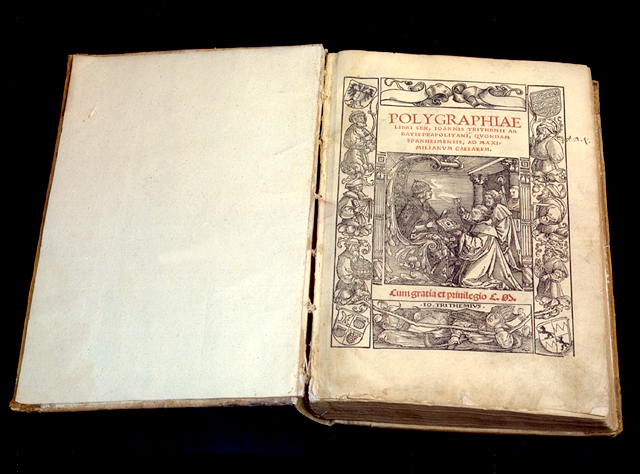
When the 15th-century Benedictine abbot Johannes Trithemius died in 1516, he left behind a three-volume work that was ostensibly about magic — specifically, how to use spirits to send secret messages over distances. Only when the Steganographia and its key were published in 1606 did it become clear that it was really a book of ciphers — the “incantations” were encrypted instructions for concealing secret messages in letters sent between correspondents.
Books I and II were now plain enough, but Book III remained mysterious — it was shorter than the first two books, and its workings were not mentioned in the key that explained the ciphers in those volumes. Scholars began to conclude that it was simply what it appeared to be, a book on the occult, with no hidden content. Amazingly, nearly 400 years would go by before Book III gave up its secrets — Jim Reeds of AT&T Labs finally deciphered the mysterious codes in the third volume in 1998.
It turned out to be still more material on cryptography. But it’s still not clear why Trithemius had couched this third book in magical language. Did he think that his subject was inherently magical, or was he simply trying to enliven a tedious subject? We’ll probably never know. “Trithemius’s use of angel language might … be a rhetorical strategy to engage the reader’s interest,” Reeds writes. “If so, he was vastly successful, even if he completely miscalculated how his book would be received.”
(Jim Reeds, “Solved: The Ciphers in Book III of Trithemius’s Steganographia,” Cryptologia 22:4 (October 1998), 291-317.)
